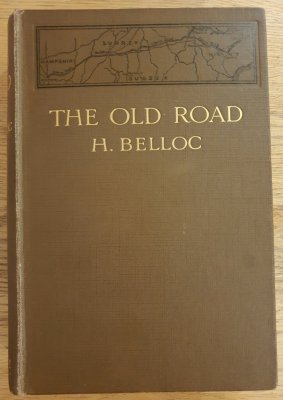- Joined
- Oct 29, 2002
- Messages
- 36,446
- Location
- East of Suez
The Way Through the Woods
THEY shut the road through the woods
Seventy years ago.
Weather and rain have undone it again;
And now you would never know
There was once a road through the woods
Before they planted the trees.
It is underneath the coppice and heath,
And the thin anemones.
Only the keeper sees
That, where the ring-dove broods,
And the badgers roll at ease,
There was once a road through the woods.
Yet, if you enter the woods
Of a summer evening late,
When the night-air cools on the trout-ringed pools
Where the otter whistles his mate.
They fear not men in the woods,
Because they see so few
You will hear the beat of a horse’s feet,
And the swish of a skirt in the dew,
Steadily cantering through
The misty solitudes,
As though they perfectly knew
The old lost road through the woods . . .
But there is no road through the woods.
Rudyard Kipling, in Rewards and Fairies [1910]
HERE
THEY shut the road through the woods
Seventy years ago.
Weather and rain have undone it again;
And now you would never know
There was once a road through the woods
Before they planted the trees.
It is underneath the coppice and heath,
And the thin anemones.
Only the keeper sees
That, where the ring-dove broods,
And the badgers roll at ease,
There was once a road through the woods.
Yet, if you enter the woods
Of a summer evening late,
When the night-air cools on the trout-ringed pools
Where the otter whistles his mate.
They fear not men in the woods,
Because they see so few
You will hear the beat of a horse’s feet,
And the swish of a skirt in the dew,
Steadily cantering through
The misty solitudes,
As though they perfectly knew
The old lost road through the woods . . .
But there is no road through the woods.
Rudyard Kipling, in Rewards and Fairies [1910]
HERE


